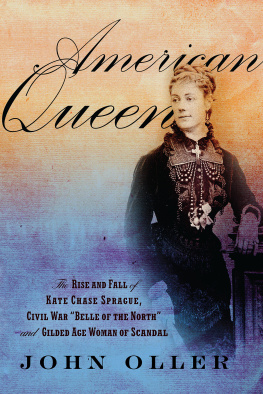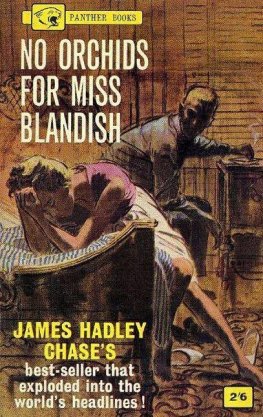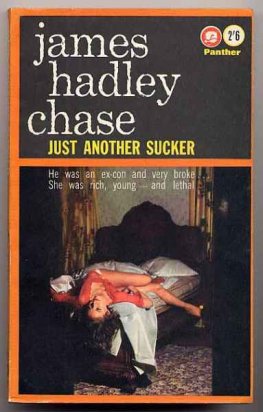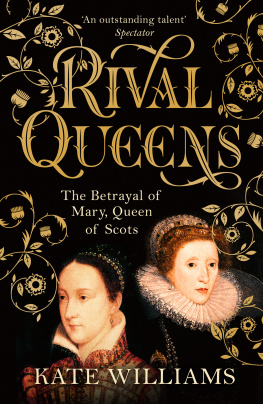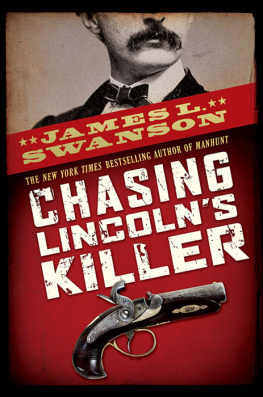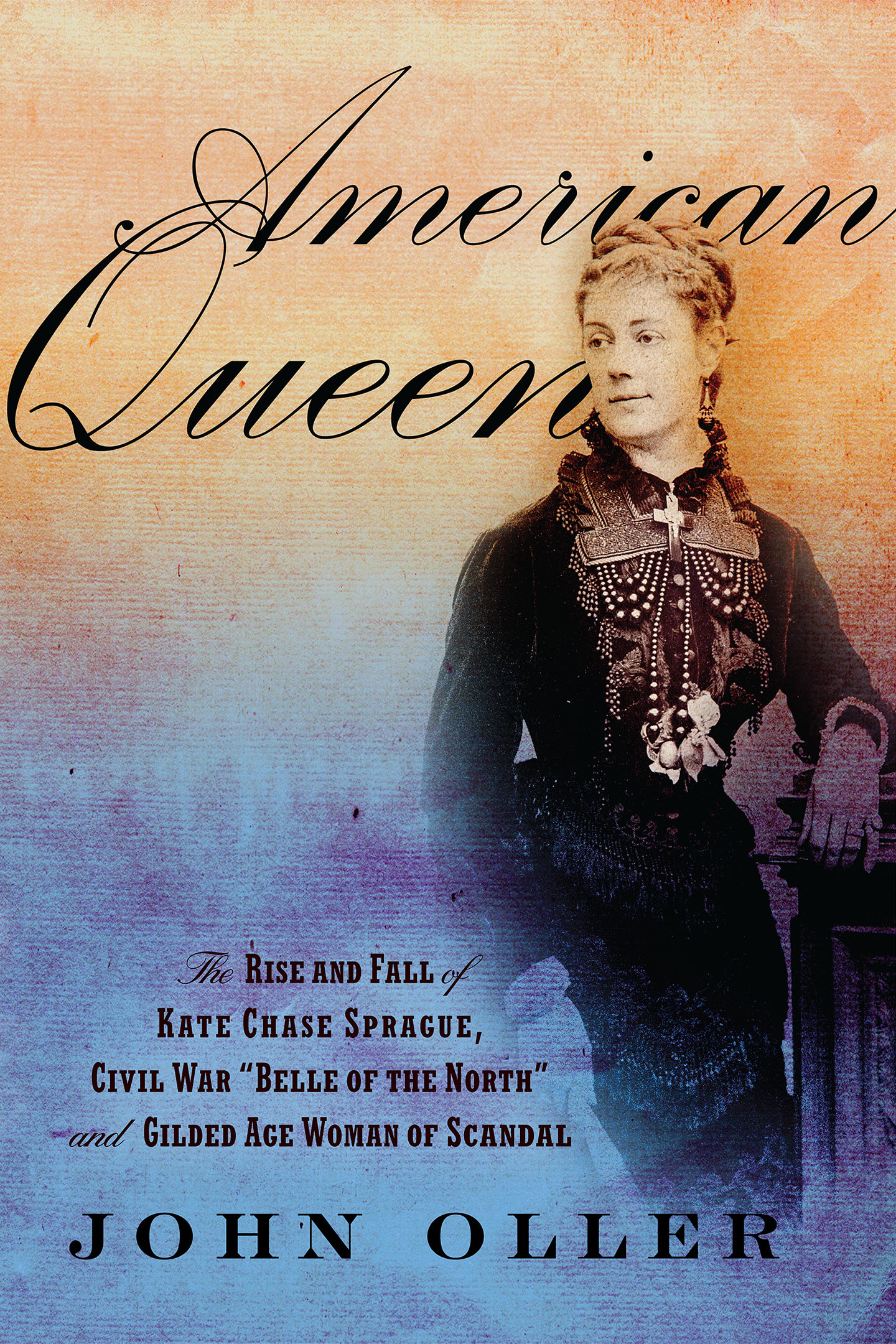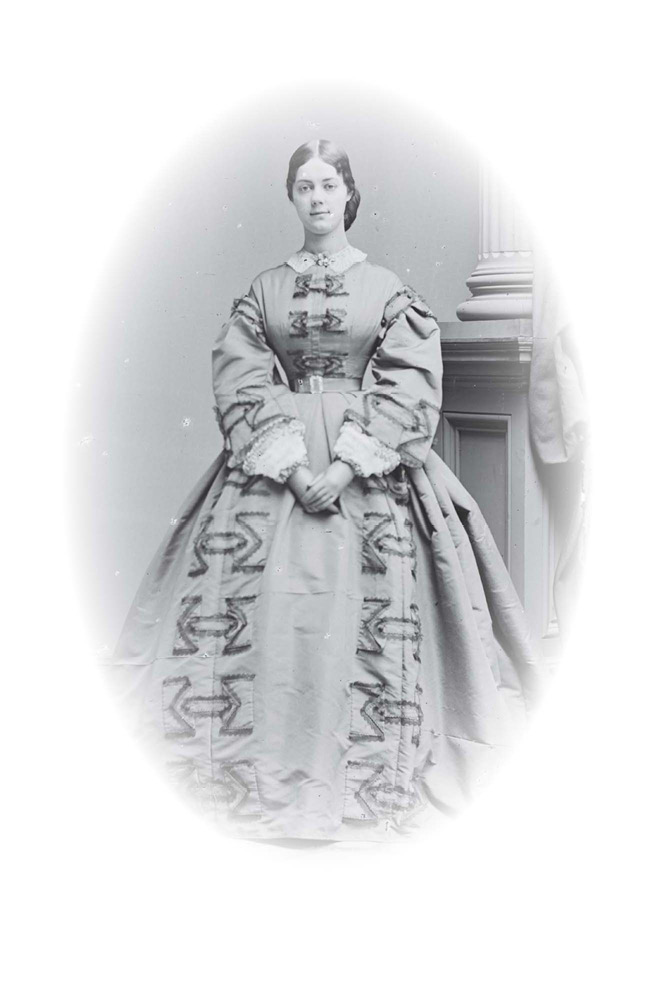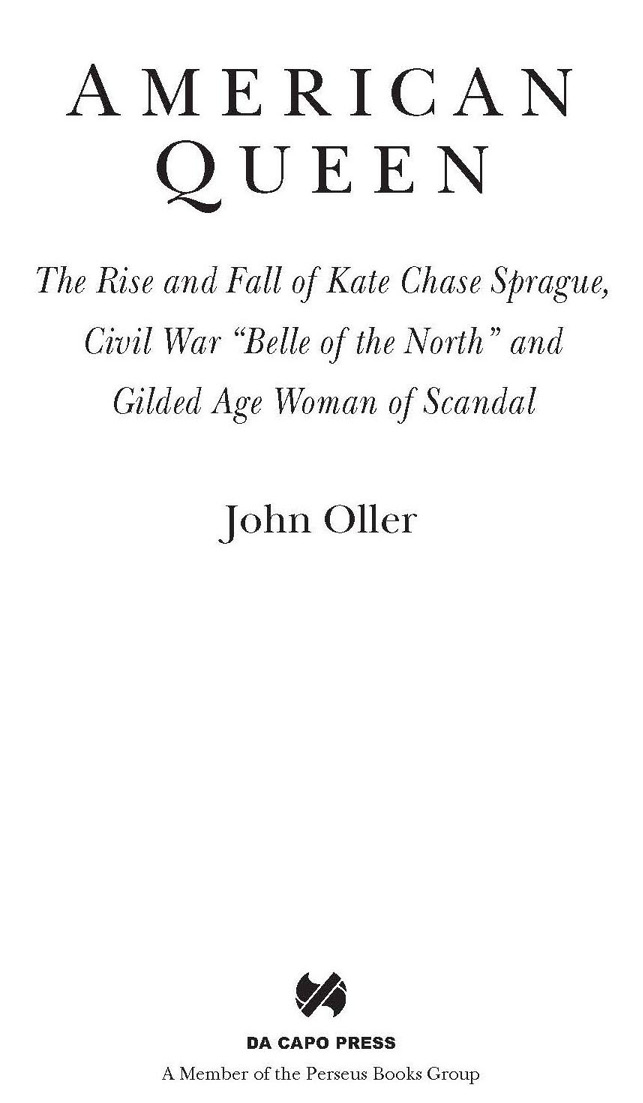Nineteenth-century letters and diaries can pose a challenge to twenty-first-century readers, and for that reason I have made certain changes to the original text for convenience and claritymodernizing spellings (e.g., changing can not to cannot, or to-night to tonight), substituting and for &, supplying missing question marks where they were clearly implied in the original, and making other miscellaneous punctuation changes. In no case was a text changed where I thought it might alter the authors original meaning. Original capitalizations were generally left intact, even for words that ordinarily would be lower-cased today, on the theory that they reflected an intended emphasis by the writer. Underlinings in the original appear as italics here. All emphases in quotations are from the original.
Frontispiece: Kate Chase, photographed by Matthew Brady in 1860 (Courtesy of Library of Congress)
Copyright 2014 by John Oller
All rights reserved. No part of this publication may be reproduced, stored in a retrieval system, or transmitted, in any form or by any means, electronic, mechanical, photocopying, recording, or otherwise, without the prior written permission of the publisher. Printed in the United States of America. For information, address Da Capo Press, 44 Farnsworth Street, Third Floor, Boston, MA 02210.
Book design by Cynthia Young
Library of Congress Cataloging-in-Publication Data
Oller, John.
American queen : the rise and fall of Kate Chase Sprague,
Civil War Belle of the North and gilded age woman of scandal / John Oller.
pages cm
Includes bibliographical references and index.
ISBN 978-0-306-82281-0 (e-book)
1. Sprague, Kate Chase, 1840-1899. 2. Chase, Salmon P. (Salmon Portland), 18081873.
3. Sprague, William, 1830-1915. 4. SocialitesUnited StatesBiography.
5. United StatesPolitics and government19th century. I. Title.
E415.9.S76O55 2014
973.5092dc23
[B]
2014012054
Published by Da Capo Press A Member of the Perseus Books Group
www.dacapopress.com
Da Capo Press books are available at special discounts for bulk purchases in the U.S. by corporations, institutions, and other organizations. For more information, please contact the Special Markets Department at the Perseus Books Group, 2300 Chestnut Street, Suite 200, Philadelphia, PA 19103, or call (800) 810-4145, ext. 5000,
or e-mail .
10 9 8 7 6 5 4 3 2 1
To my mother and in memory of my father
Contents
T he old woman held the reins of the rickety, one-horse carriage with her soiled, white kid gloves as she wound her way down the hill in the direction of the nations capital. She wore a purple plumed hat over her blonde wig, her face heavily painted with rouge, her dress badly out of fashion. As the buggy rolled along the driveway, overgrown with weeds and bordered by a broken-down fence, the aging mare trudged past chickens running freely about the property. Atop the hill stood a decaying brick country home, its outline obscured by the thicket of scrub and fallen tree branches.
In the distance the woman could see the glistening white dome of the Capitol, where she had spent so many hours listening to Senate speeches, watching impeachment proceedings, witnessing presidents being sworn in, and gazing upon those who had lain in state. She had known so many of them: every president from Lincoln to Grover Cleveland and countless other eminent nineteenth-century men: the great abolitionist senator Charles Sumner, the war generals Grant and Sherman, cabinet members Seward and Stanton, and powerful journalists such as Horace Greeley, literary giants such as Longfellow and Twain, and assorted statesmen, diplomats, and financiers. She had entertained men such as these at her famous Washington salons, where she held court as a political hostess and established her reputation as the most brilliant woman of her day. The daughter of Lincolns treasury secretary, the Belle of the North during the Civil War, she became Americas version of the salonniresthe madames and duchesses who flourished in Europe as arbiters of high social discourse. Among contemporaries, she was compared to the celebrated French Empress Eugnie, wife of Napoleon III and influencer of foreign affairs. No Queen has ever reigned under the Stars and Stripes, one newspaper eulogized after her death, but this remarkable woman came closer to being a Queen than any American woman has.
Much of it had to do with her appearance: tall, slender, a long, swanlike neck and fetching, hazel eyes hidden beneath thick, drooping lashes. Men thought her beautiful, but it was not so much that she was a classic beautyher nose, for one, was slightly inclined to pug, as James Garfield once commented, a feature others thought added a touch of piquancy to her face. Like the Mona Lisa , to whom she was also compared, she appeared fascinating and irresistible, with something of the strangeness which has been said to belong invariably to beauty of the highest order.
There was also a hint of condescension in her mannerin the pose of a head that, with its proud tilt, seemed slightly imperious, and in the aloof, half smile she habitually wore. Her voice was mellow and musical; she enunciated beautifully, spoke faultless French, and was fluent in German. An acknowledged queen of fashion, she adorned herself in the most superb gowns, imported by the dozens from Parisian couturiers, always matching the color of her millinery and jewelry. Yet even simply dressed, she was the envy of other women, as when she upstaged her rival, Mary Todd Lincoln, by appearing at a White House reception in a modest costume, with hardly more than a flower in her hair, yet remaining the center of attention. Poor, weak Mrs. Lincoln was simply swept into the corner when this imperious young beauty appeared, leaning upon the arm of the great secretary, it would be written later.
Her looks and adornments created a total package that was greater than the sum of its parts. Enhancing all of it was a magnetic personality that drew people to her. Admirers commented on her keen intellect, the breadth of her sparkling conversation, and her diplomatic skills. When she entered the room a hush would fall over the crowd, but, like a monarch in a receiving line, any trace of haughtiness dissolved into grace and charm once she met a person one-on-one. As a male political friend marveled, when she is talking to you, you feel that you are the very person she wanted to meet. That she has forgotten your existence the next moment is an afterthought.
Beneath the charming exterior, though, was a calculating politician. As was once said of her, She could talk about anything at all and make it seem sweet musicyet she could scheme like a cigar-chewing convention rigger. Of course, no nineteenth-century American woman could ever hope to possess the power of a true monarcha Queen Victoria or, from earlier history, an Elizabeth I or a Catherine the Great. And before the twentieth century, American women could not even vote, much less hold political office. Yet at the dawn of that new century, due to her scientific knowledge of the subject, she enjoyed a political power that no American woman to that time had ever possessed. It grew out of her upbringing and training: as a young girl and daughter of a politician, she had met the most famous men of her timeHenry Clay, John C. Calhoun, and Daniel Webster, the noted orator, who sent her his speeches to read when she was attending an exclusive boarding school in New York. At age fifteen, when her widowed father was elected governor of Ohio, she became the mistress of his household and his official hostess, a position she continued to hold in Washington during the war. Having mastered the art of seducing mens minds, she used her personal allure to advance her fathers political ambitions, hoping one day to make him president of the United States. Certainly she thought, as did he, that he would make a better president than Lincoln and that she was a more suitable First Lady than the dowdy Mrs. Lincoln.

